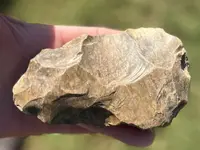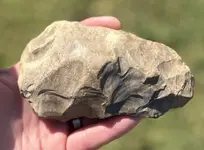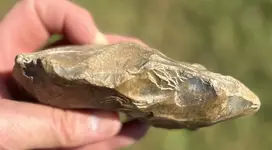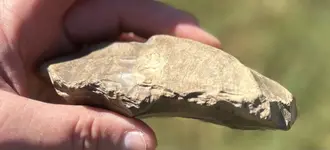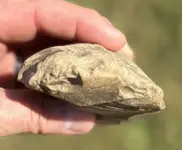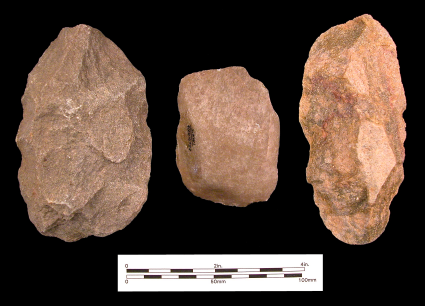I’ve had this piece for a few years now. It was found in a TN creek. Shows some nice flakes removed on both sides. The fat end shows use wear and the end that tapers down shows some thinning but doesn’t show use wear on it. It’s a thick piece for the size of it. I’m not going to throw any guesses cause I keep changing my mind. Maybe you guys can give it a I.D. For me. I’d appreciate knowing. Thanks
Last picture is the blunted end
Last picture is the blunted end
Attachments
Upvote
6



